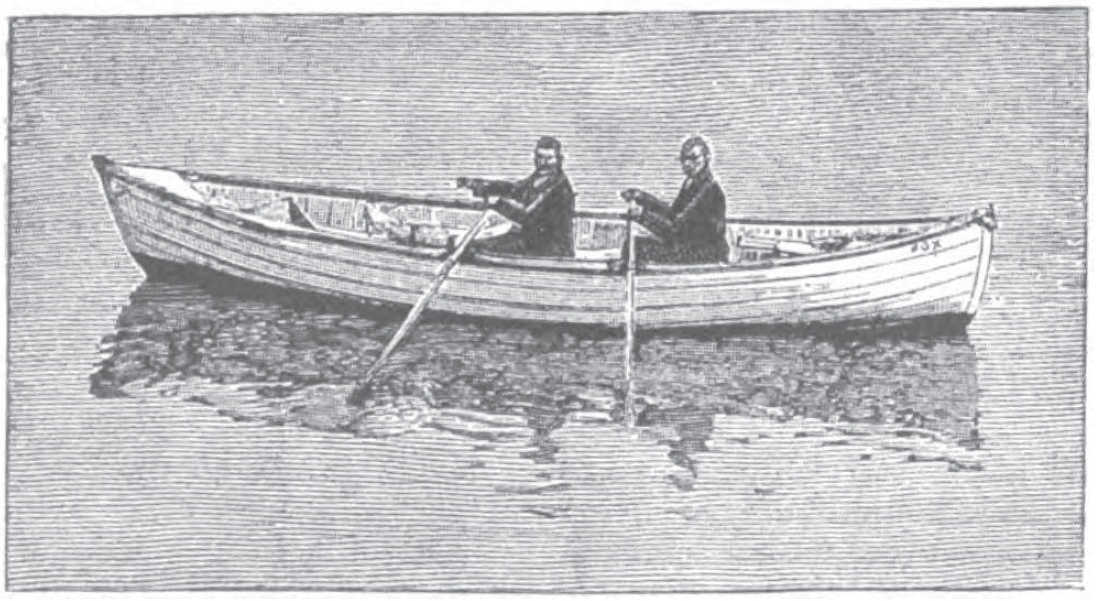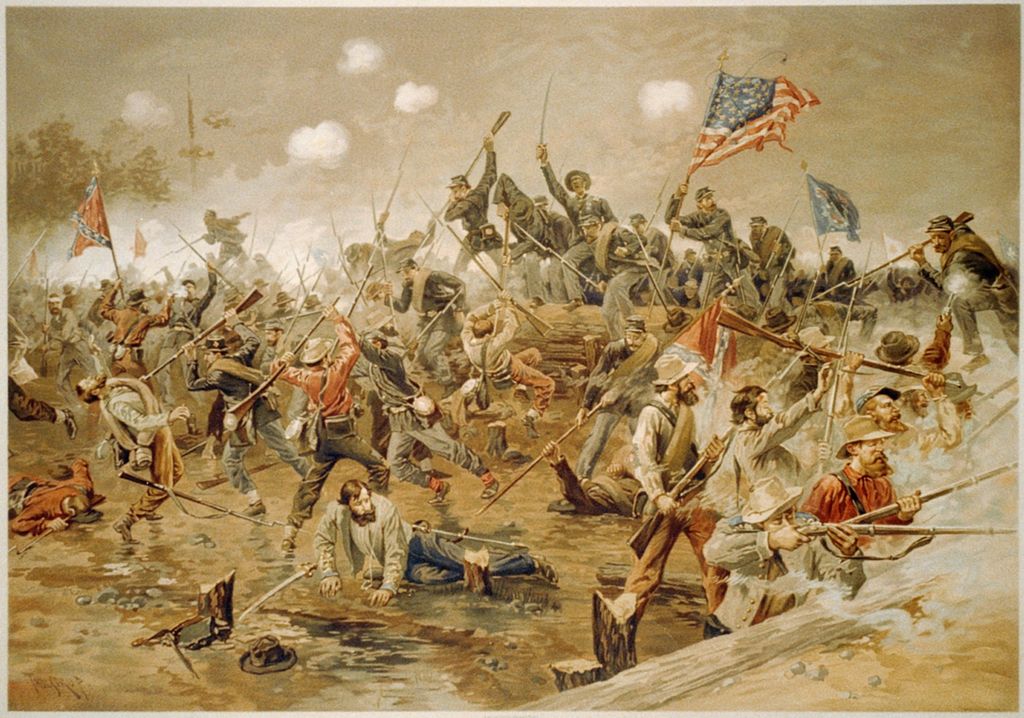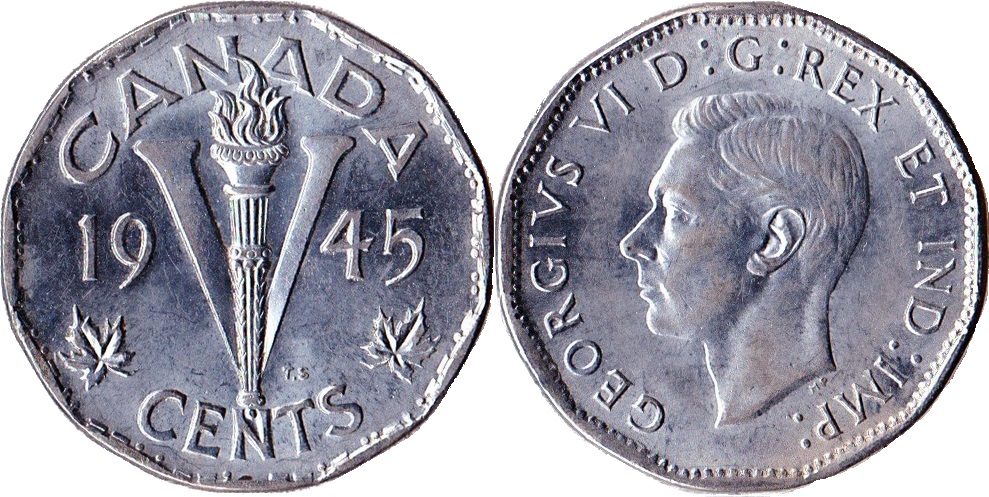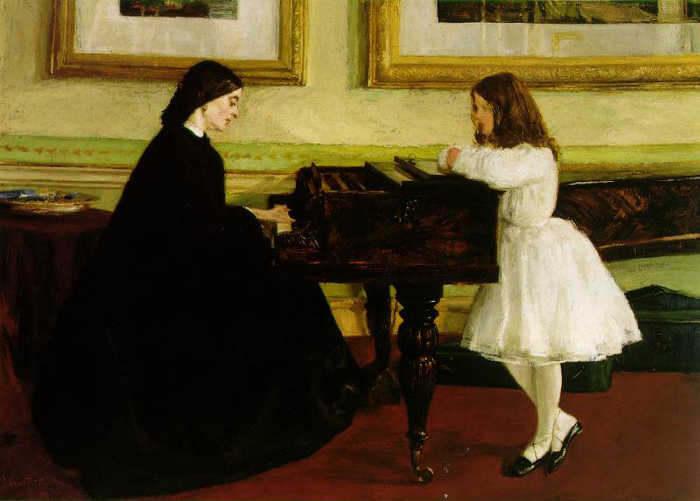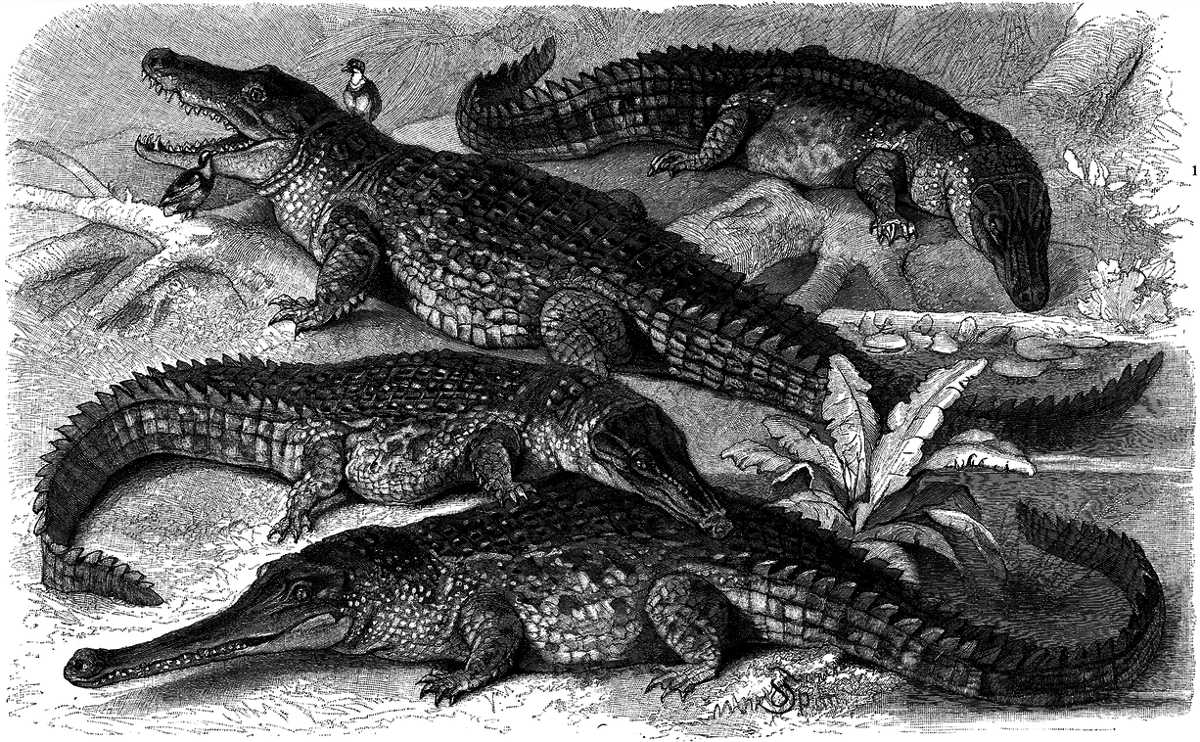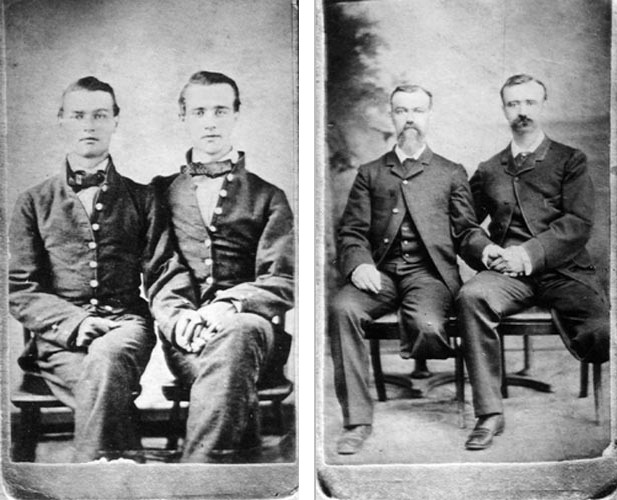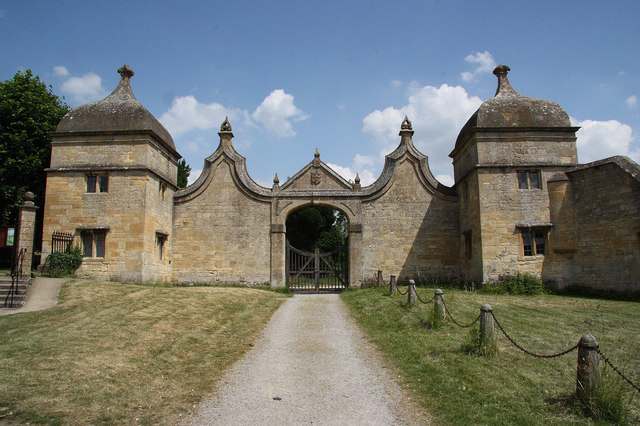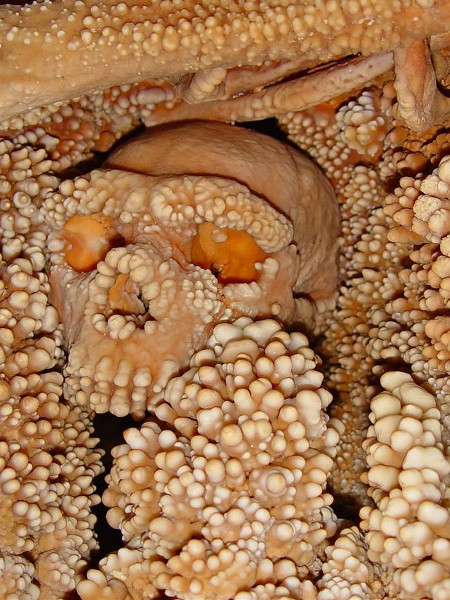
If a game is anything, it’s a set of rules. And playing a game requires following these rules. If we take this definition seriously, then a cheater, one who breaks the rules, not only doesn’t deserve to win — he literally isn’t playing the game. University of Waterloo philosopher Bernard Suits writes:
The end in poker is not to gain money, nor in golf simply to get a ball into a hole, but to do these things in prescribed (or, perhaps more accurately, not to do them in proscribed) ways: that is, to do them only in accordance with rules. Rules in games thus seem to be in some sense inseparable from ends. … If the rules are broken, the original end becomes impossible of attainment, since one cannot (really) win the game unless he plays it, and one cannot (really) play the game unless he obeys the rules of the game.
So, strictly speaking, it’s impossible for a cheater to win a game — he can win only by following the rules. “In a game I cannot disjoin the end, winning, from the rules in terms of which winning possesses its meaning. I of course can decide to cheat in order to gain the pot, but then I have changed my end from winning a game to gaining money.”
(Bernard Suits, “What Is a Game?”, Philosophy of Science 34:2 [June 1967], 148-156.)


